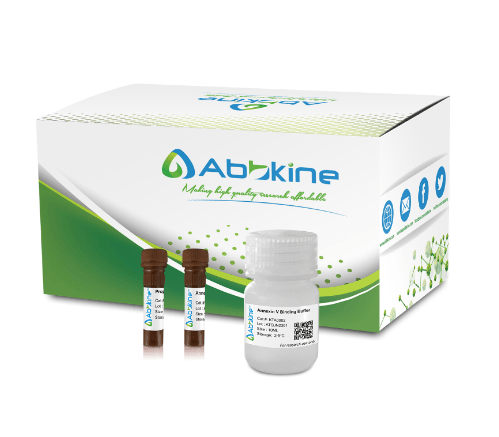Cell Detection
Annexin V-AbFluor™ 647 Apoptosis Detection Kit (Red Fluorescence)
Abbkine Annexin V-AbFluor™ 647 Apoptosis Detection Kit allows the identification and quantitation of intact cells, early apoptotic and late apoptotic or necrotic cells by flow cytometry or fluorescence microscopy.
Brand: Abbkine
Not Available
Free delivery within Singapore only

 SingaporeSG
SingaporeSG ChinaCN
ChinaCN MalaysiaMY
MalaysiaMY IndonesiaID
IndonesiaID MyanmarMM
MyanmarMM_pddqnqv8.png)


